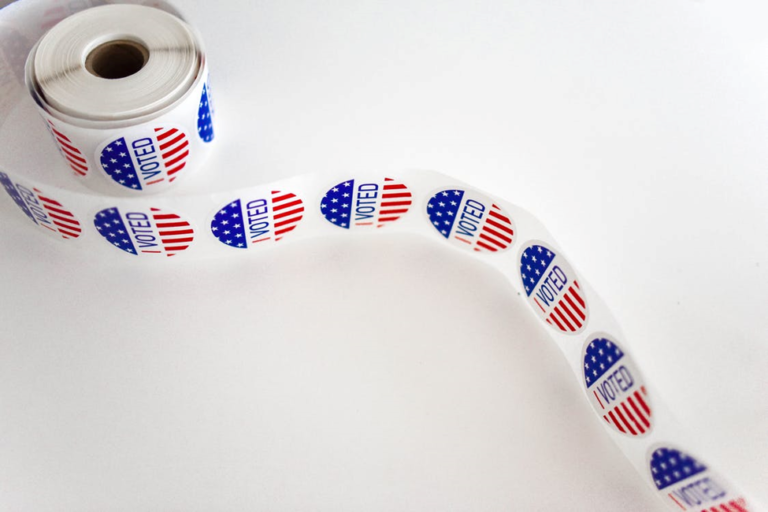As we welcome Saturday Night Live back to the airwaves, we’re reminded that, over…
Women Candidates and Campaign Ads: What Works

Campaign advertising is critical to gaining name recognition and support, and when done right, can leave a lasting impression with voters. While contrasting with opponents is a necessary part of campaigning, women candidates can pay a higher price for going negative in commercials. Barbara Lee Family Foundation research “Change the Channel,” shows how women can successfully contrast with their opponents.
1. Share a story.
The most convincing ads are those in which a candidate tells her story. It makes a candidate’s platform more relatable and authentic to voters. Women candidates are thought to be in better touch with real people’s lives, so sharing their own personal experiences gives them a unique edge. Texas congressional candidate Genevieve Collins shared her story of growing up in Texas by featuring personal details like her childhood home, family, and business in her campaign ad.
2. Have a positive message.
Even when an ad negatively portrays a candidate’s opponent, it’s critical that it positively portrays the candidate herself. Voters don’t just want to hear negative attacks, but want to know what a candidate will do for them once in office. Women are already put on an “ethical pedestal,” but focusing on the positives can help them showcase integrity, honesty, and transparency, even when contrasting to an opponent. Texas Senate candidate MJ Hegar introduced her 2020 campaign by focusing on her inspiring former race and military background, only briefly mentioning her opponent’s flaws in order to highlight her strengths.
3. Use humor.
Humor adds an element of the unexpected, which helps voters remember both the ad and the candidate. While humor can leave a positive impression, it’s important the ad also has substance. Women are held to higher standards than men and need to maintain their credibility, proving their qualifications even while making jokes. Senator Tammy Baldwin’s ad made jokes about how “cheesy” the spot was, but also pivoted to talk about her protection of cheese producers in her home state of Wisconsin.
4. Focus on the candidate.
Votes really want a candidate to talk about herself and her positions. Women voters especially expect more from a woman candidate, hoping to see and hear from her directly. It’s important that a woman candidate speaks for herself in an ad that criticizes her opponent, allowing voters to connect with her. Candace Valenzeula, a Texas congressional candidate, shared her experience with homelessness in an ad, showing a different side of her lived experience and telegraphing empathy.
Now that traditional face-to-face campaigning is becoming more difficult amid COVID-19 concerns, candidates need to rely on other ways to connect with voters. Campaign commercials broadcast on television and promoted online are critical to creating a positive impression with voters and contrasting against an opponent. When done well, it can pay off big for women candidates.









